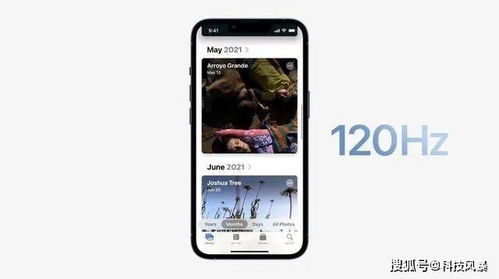Title: Introduction to iOS PLC Mobile Programming
In recent years, the integration of mobile devices with Programmable Logic Controllers (PLCs) has become increasingly common, offering enhanced accessibility, flexibility, and efficiency in industrial automation. iOS, the operating system developed by Apple Inc. for its mobile devices, presents a robust platform for developing applications that interact with PLCs. In this guide, we'll explore the fundamentals of iOS PLC mobile programming, covering key concepts, tools, and best practices to get you started.
Understanding PLCs and Mobile Integration
Before delving into iOS PLC mobile programming, it's essential to grasp the basics of both PLCs and mobile development.
1.
PLCs
: PLCs are specialized industrial computers used to automate processes in manufacturing plants, machinery, and other industrial settings. They execute control functions based on userdefined logic, typically programmed using ladder logic or other specialized languages.
2.
Mobile Development
: iOS mobile development involves creating applications for Apple's mobile devices, including iPhones and iPads. Developers use languages such as Swift or ObjectiveC, along with Apple's integrated development environment (IDE), Xcode, to build iOS apps.
Key Components of iOS PLC Mobile Programming
1.
Communication Protocols
: Establishing communication between iOS devices and PLCs is crucial. Common protocols used for this purpose include Modbus TCP/IP, OPC UA, and MQTT. Choose a protocol that is supported by both your PLC hardware and iOS development environment.
2.
Security
: Given the sensitive nature of industrial processes, ensuring the security of data transmission between iOS devices and PLCs is paramount. Implement encryption, authentication, and authorization mechanisms to safeguard communication channels.
3.
User Interface (UI)
: Design an intuitive and userfriendly interface for your iOS PLC application. Consider the needs of operators and engineers who will interact with the system and provide clear visualizations of relevant data and controls.
4.
Data Processing and Visualization
: iOS devices offer powerful capabilities for processing and displaying data from PLCs. Utilize features such as charts, graphs, and animations to present realtime and historical information in a meaningful way.
Tools and Technologies
1.
Xcode
: Xcode is the primary IDE for iOS development, providing tools for coding, debugging, and testing iOS applications. Familiarize yourself with Xcode's interface and features to streamline your development workflow.
2.
Swift Programming Language
: Swift is the preferred language for iOS development, offering modern syntax, safety features, and performance optimizations. Invest time in learning Swift fundamentals to write efficient and maintainable code for your PLC mobile app.
3.
PLC SDKs and Libraries
: Many PLC manufacturers offer software development kits (SDKs) or libraries for integrating their devices with iOS apps. Explore available resources and documentation provided by your PLC vendor to facilitate communication and data exchange.
Best Practices and Tips

1.
Start Small
: Begin by implementing basic functionality in your iOS PLC app, such as reading and writing data to PLC registers. Gradually add features and complexity as you gain familiarity with the technology and requirements of your application.
2.
Test Rigorously
: Thoroughly test your iOS PLC app under various conditions to ensure reliability and stability. Conduct integration tests with different PLC models, simulate network disruptions, and verify errorhandling mechanisms.
3.
Documentation
: Document your code, design decisions, and integration processes comprehensively. Clear documentation will aid in troubleshooting, maintenance, and future enhancements to your iOS PLC application.
4.
Stay Updated
: Keep abreast of advancements in iOS development and industrial automation technologies. Attend conferences, participate in forums, and explore online resources to stay informed about new tools, techniques, and best practices.
Conclusion
iOS PLC mobile programming offers exciting opportunities to enhance industrial automation processes by leveraging the power and versatility of mobile devices. By understanding the fundamentals of PLCs, mobile development, and key considerations for integration, you can develop robust and efficient iOS applications for controlling and monitoring PLCs in various industrial settings.
Whether you're a seasoned iOS developer venturing into industrial automation or an automation engineer exploring mobile integration, embracing iOS PLC mobile programming can lead to innovative solutions and improved efficiency in industrial environments. Start exploring this dynamic intersection of technology and industry today!
References:
Apple Developer Documentation: [https://developer.apple.com/documentation](https://developer.apple.com/documentation)
PLC Programming and Integration Guides from Manufacturers
Online Communities and Forums for iOS Development and Industrial Automation
文章已关闭评论!
